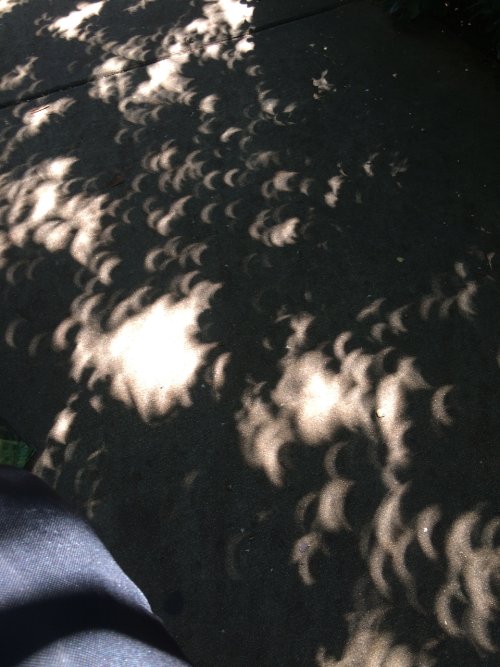andyhawkins
New member
Definitely going! Lake Ouachita State Park, AR. shooting 400mm and 800mm. No TCs. trying to keep the ISO at 200.
on the transitions from Partial to total, ~60seconds, I'm trying to shoot 18fps with, f/8, 9 X 0.5stop brackets around 1/2000. This is timed with the internal interval shooting
for totality, I'm trying 12 bracketed shots. 9 X 1.7stop brackets around 1/160 (slowest shutter speed is 1/1.6) This is timed with a TX283 remote.
Partial phase is shot with filters on and another TX283 remote one bracket every 1 minute
I am using a motorize mount.
Gordon Telepun Solar eclipse timer.
Lots of Mr. Eclipse (Fred Espenak) data
Jubier
I shot the 2017 eclipse. Missed the transition shots. Got pretty good totality shots. Looking to improve
on the transitions from Partial to total, ~60seconds, I'm trying to shoot 18fps with, f/8, 9 X 0.5stop brackets around 1/2000. This is timed with the internal interval shooting
for totality, I'm trying 12 bracketed shots. 9 X 1.7stop brackets around 1/160 (slowest shutter speed is 1/1.6) This is timed with a TX283 remote.
Partial phase is shot with filters on and another TX283 remote one bracket every 1 minute
I am using a motorize mount.
Gordon Telepun Solar eclipse timer.
Lots of Mr. Eclipse (Fred Espenak) data
Jubier
I shot the 2017 eclipse. Missed the transition shots. Got pretty good totality shots. Looking to improve


